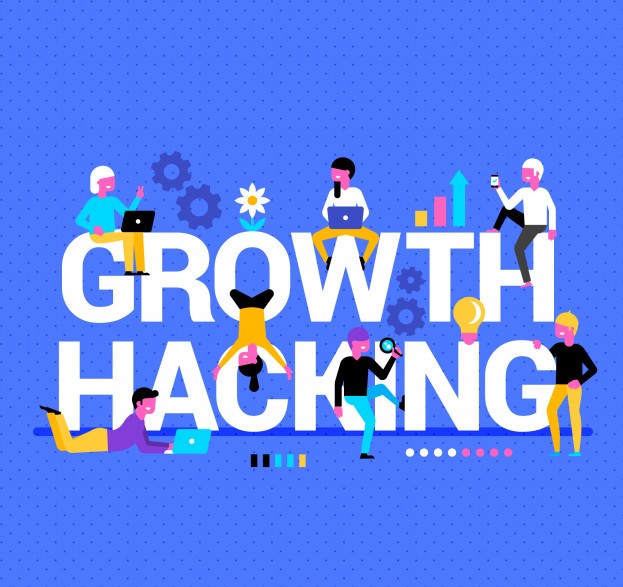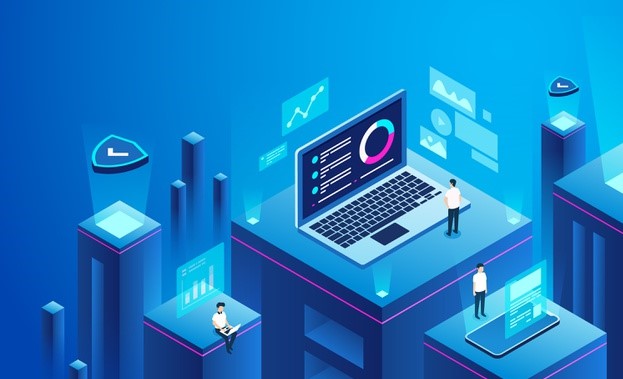Leading Innovation
What it is based on my leadership experience and why it matters

Introduction
I recently scoped my previous employer’s new approach on its product strategy assessment.
I did one of the most inventive and innovative things:
I defined the new customer-centric product, new approach for end-to-end product strategies covering all offerings across global locations, and even shaped my organisation to give all colleagues tools and mechanisms to be able to innovate at the edge. Let me walk you through the customer problem, my thought process into the actions I took, and the results and impact.
Problem Statement
In my previous role as an Engagement Manager, I led the development of the new product strategy with one of the leading merchant acquirers issuing financial products in Switzerland for four months. I led the development of the new product strategy, by developing the new product together with the client’s CPO and CTO.
I realised that no one has done such thing before.
There were big question marks at my client’s and team side. Therefore, I was the first to work on this kind of customer problem. And it mattered to the merchant acquirer and the business because it was an untapped customer market and product for both.

Actions and Decisions
I solved the problem that there was no such thing like an approach to the development of the new product with the client by bringing the idea up, defining the value proposition, assessing the go-to-market strategy, developing the technology strategy and business case, deriving the roadmap, and finally helping to build a culture of innovation.
It was one of the most innovative ideas to scope my previous employer’s approach on the new product.
Thus, I came up with the idea to the executive-level client stakeholder. I scoped the engagement and formed a two pizza team with the stakeholder. I was literally hanging on same page with my client team: we built the product and owned it. Having such leadership at the team over there, helped with innovation.

1. At first, I defined the value proposition for the product.
I started the process with the young, digital native customer and worked backwards to build the product. I led my team to think with the customer in mind. To build the value proposition, I answered the key customer questions:
- I defined with the client that young, digital natives were the customer.
- I analysed that their problem was their low income.
- And I made that most important benefit clear to the team — the price-performance ratio.
- I knew that the customer need was a customisable digital low-budget product because I had qualitative surveys and quantitative data of the customer and I could prove through focus groups that this would be a viable idea.
- Furthermore, I defined through use cases along the customer journey that the customer experience looked like “flexible, customisable, and mobile“.
2. Secondly, I assessed the go-to-market strategy by defining the external facing customer questions with the client.
Through focus groups I examined that the customer would want to know everything around the product, price, place, and promotion. I tested how much it should cost in the low-price range. I decided on the digital self-service type of support. And I defined that the customer could find it mobile and online. I also decided on how the customer easily can cancel or return it online.
3. Thirdly, I developed the technology strategy and business case by answering all executive-level client stakeholder questions.
I developed the whole technology strategy and its underlying technology with our subject matter experts. I had to admit that the focus group customers were the most disappointed in initial release with the user experience.
4. Fourthly, I derived the roadmap for the product strategy.
I had to admit hard questions to which I had no answer and bring it up to my client stakeholders. I got their approval that the usability of the product is something I needed experimenting on and to get more behavioural customer data on it. We agreed that I would come back to them on it. In short, I set the roadmap where I wanted to experiment on.
5. Finally, I believed in the value of building a culture of innovation in my organisation.
So I thought long-term.
I was willing to fail on the user experience and experiment with the focus groups. I was willing to be misunderstood for long time by my client. Thus, I defined that the growth flywheel is:
- flexibility,
- customisation,
- digitisation.
I decided on what was not getting to change in 10 years. So I further put energy and investment in the product to improve the customer experience. This increased the number of engagements and created a lower cost structure and Economies of Scale. Therefore, I promoted it as best practices across my close-knit global community of colleagues, tested it with different clients, and optimised it. My approach was awarded as best practice and my colleagues used it as a blueprint across all clients with different business models in various industries, globally.
Results and Impact
My product strategy impacted our clients and the business because I knew that the innovative idea was that I really thought through the customer problem.
I worked backwards in this process; like an iterative process and improved on it as I went.
The long-term impact was both on the amount of work saved on the backend and the common language and methodology generated to innovate at the edge.

1. Firstly, I designed my approach to save huge amount of work on the backend and to make sure that my colleagues actually build the right thing.
It was recognised internally and externally as best practice and used as a blueprint for all global clients.
I solved the trade of between bespoke and consulting offerings at scale.
On the engagement sales side, my approach saved c. 36 person hours per engagement to prepare the pitch. On the engagement delivery side, it also saved time and money:
- about 30 days per engagement, with an attached amount of around 30,000 euros to the time savings.
- We achieved a c. 15 percentage points higher margin and it created approximately 250,000 euros new revenue per engagement.
We also achieved further savings by the increased quality; with the same standard worldwide. In addition, the data proofed that we built the right thing. I achieved high client satisfaction and finished the engagement on time and on budget. With this customer-centric strategy, I developed long-term client relationships and cross- and up-sold further engagements.
2. Secondly, my idea was to establish a common language and methodology — the same idea how to bring up innovations.
Therefore, I even acted as a role model for colleagues to innovate at the edge. My organisation then gave all employees the ability to innovate through tools and mechanisms:
- they explored innovation principles,
- defined new services and experience, and
- built prototypes.
Now we have an elaborated portfolio of offerings and a strong footprint on product strategy in the market.
Conclusion
To sum up, I delivered new results on products, had a bias for action by setting my organisation’s global approach, and insisted on the highest standards so that it became a blueprint. The impact was that I saved a huge amount of work on the backend and made sure that my colleagues actually build the right thing.
My product strategy was recognised internally and externally.
I achieved high client satisfaction and finished the engagement on time and on budget. I saved a good amount of person hours per engagement to sell the engagement and a lot of time and money on the delivery of the engagements. We achieved a higher margin and created new revenue per engagement. We achieved further savings by the increased quality. In addition, my organisation gave all employees the ability to be able to innovate at the edge. I am happy to continue to innovate because I have a track record of challenging the status quo and solving problems through new ideas and innovation.
Thanks for reading! Liked the author?
If you’re keen to read more of my Leadership Series writing, you’ll find all articles of this newsletter here.